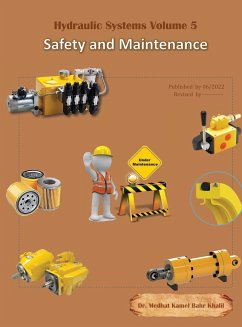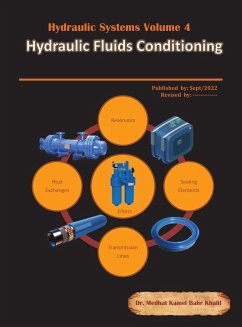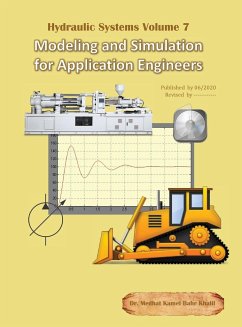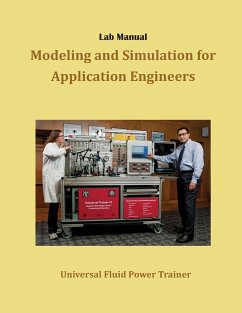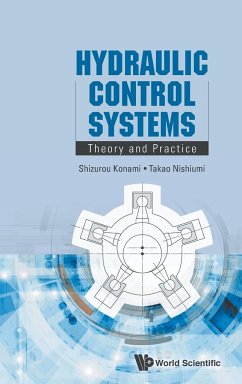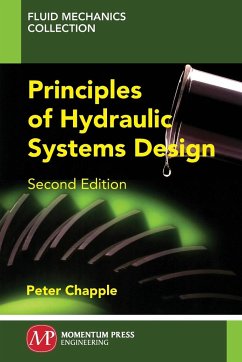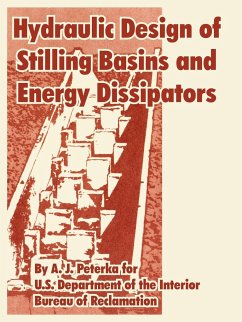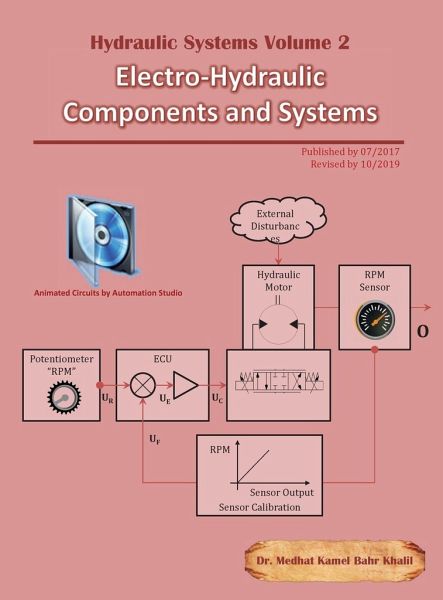
Hydraulic Systems Volume 2
Electro-Hydraulic Components and Systems
Versandkostenfrei!
Versandfertig in 1-2 Wochen
166,99 €
inkl. MwSt.

PAYBACK Punkte
83 °P sammeln!
The book is a learning package for students and professionals who are looking to advance their fluid power careers. The package includes colored textbook, electronic files for the animated hydraulic circuits, and a colored workbook (separate price) that contains printed power point slides, chapter reviews and assignments. The book is the second in a series that the author plans to publish to offer complete and comprehensive teaching and design tools for the fluid power industry. This book is an attempt to fill the gap between the very academic style of fluid power books and the very commercial...
The book is a learning package for students and professionals who are looking to advance their fluid power careers. The package includes colored textbook, electronic files for the animated hydraulic circuits, and a colored workbook (separate price) that contains printed power point slides, chapter reviews and assignments. The book is the second in a series that the author plans to publish to offer complete and comprehensive teaching and design tools for the fluid power industry. This book is an attempt to fill the gap between the very academic style of fluid power books and the very commercial style of books that are produced by fluid power manufacturers basically to promote their products. The book presents constructional and operational qualitative analogies between electrical, hydraulic and electro-hydraulic systems. The book considers presenting real-life examples for various types of electro-hydraulic valves. The book also covers the technicalities of in-field tuning of open-loop and closed-loop electro-hydraulic systems. The book also presents guideline to select a valve for an application and how to read data sheet of a valve. The book covers the basic functions contained in the electronic control units that drive EH valves such as gain adjustor, maximum current limiter, ramp generator, pulse width modulation, dead band eliminator, null adjustment, and current much more. The textbook is produced in letter size (8.5 x 11) inches, and weighs 3.5 lb. The textbook contains a total of ten chapters distributed on 498 pages. The workbook is produced in the same size and weighs 2 lb. The associated software is online downloadable.



